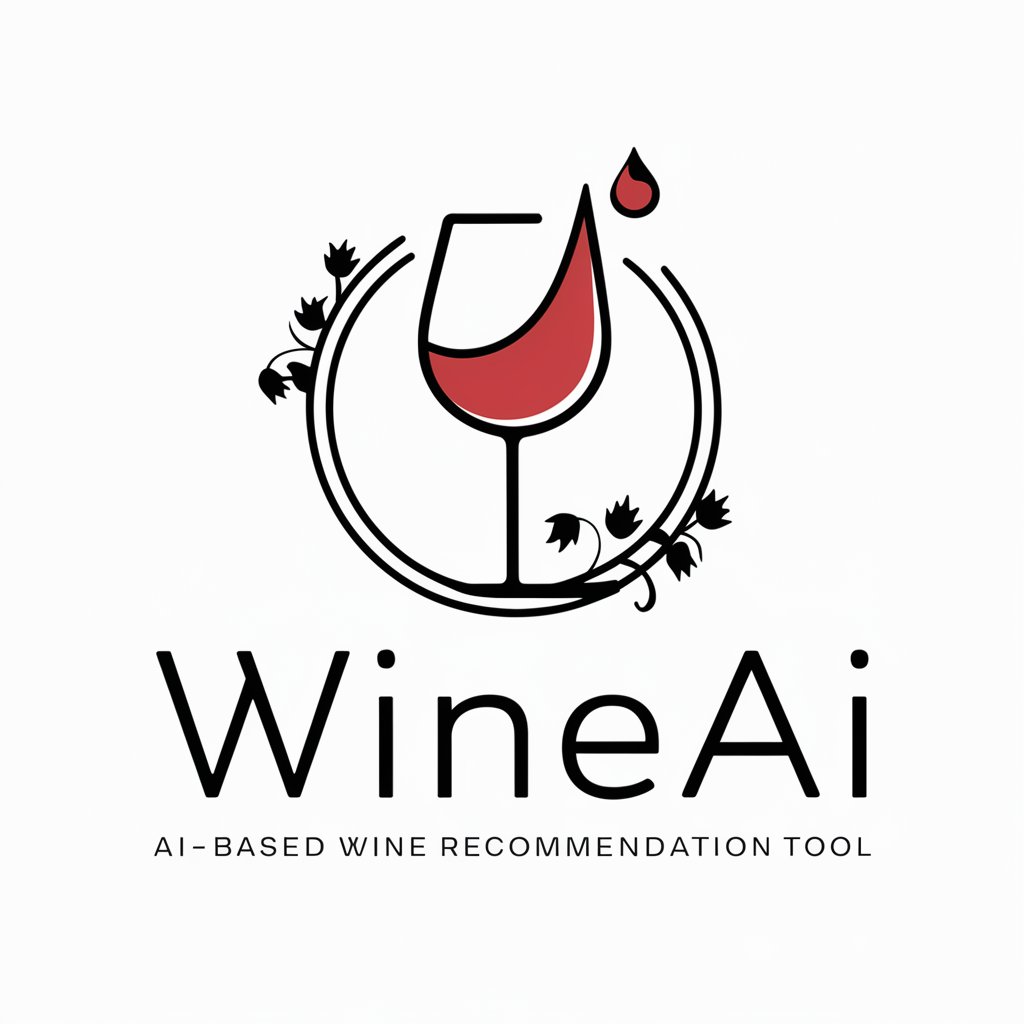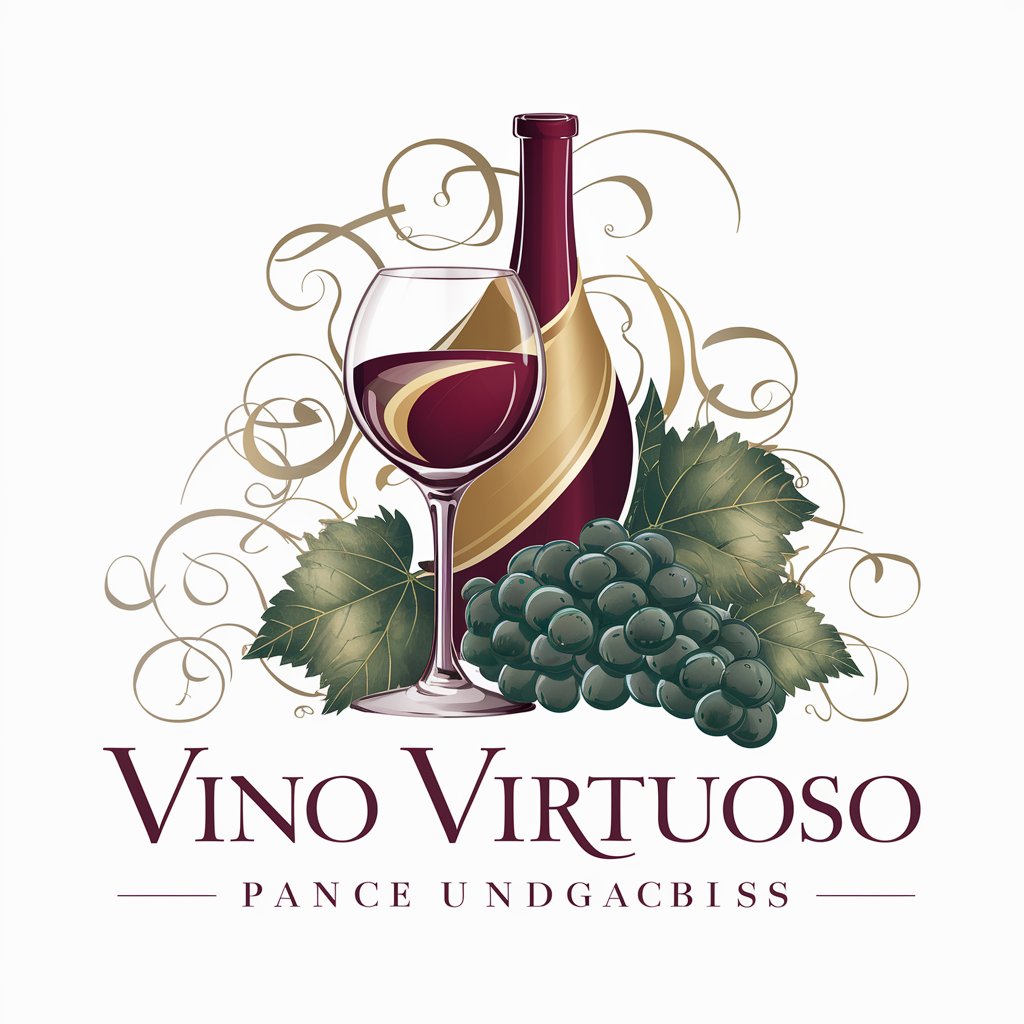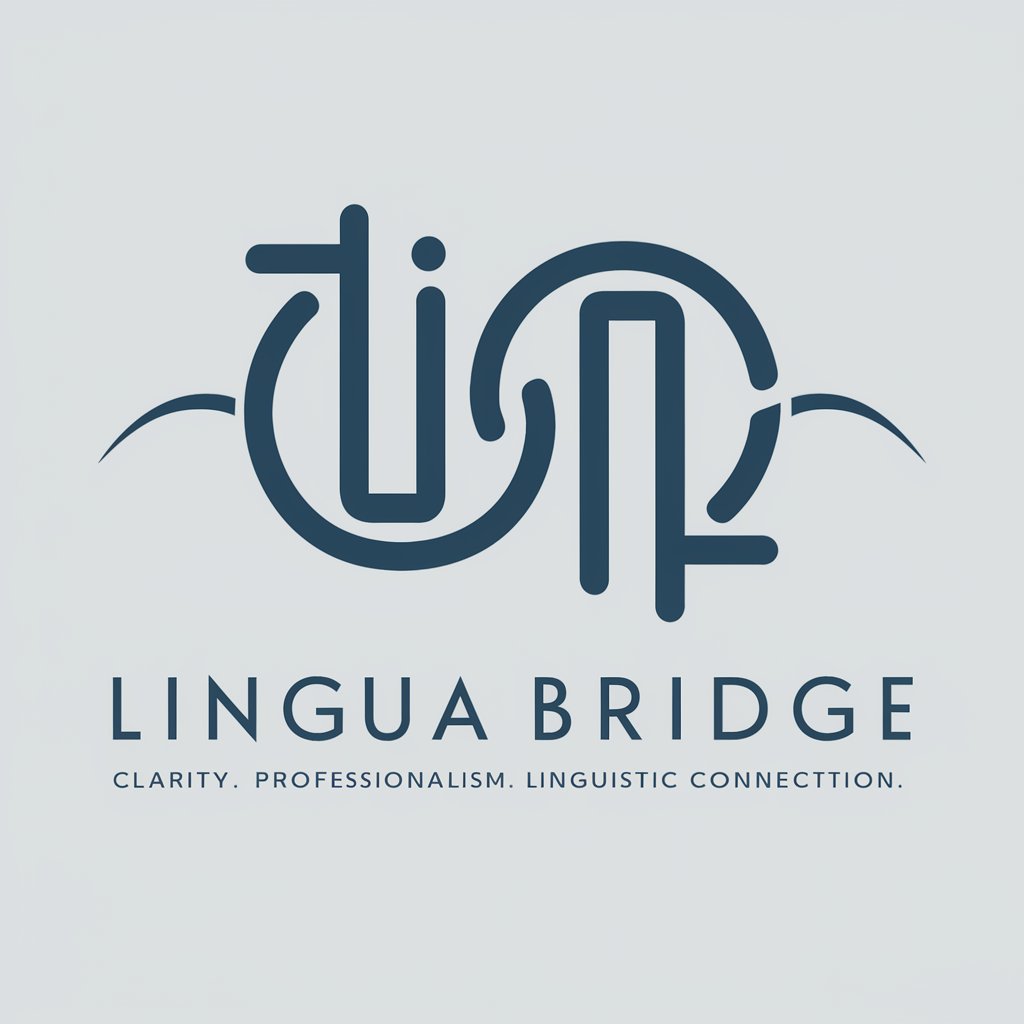
Vineyard Linguist - specialized wine translation
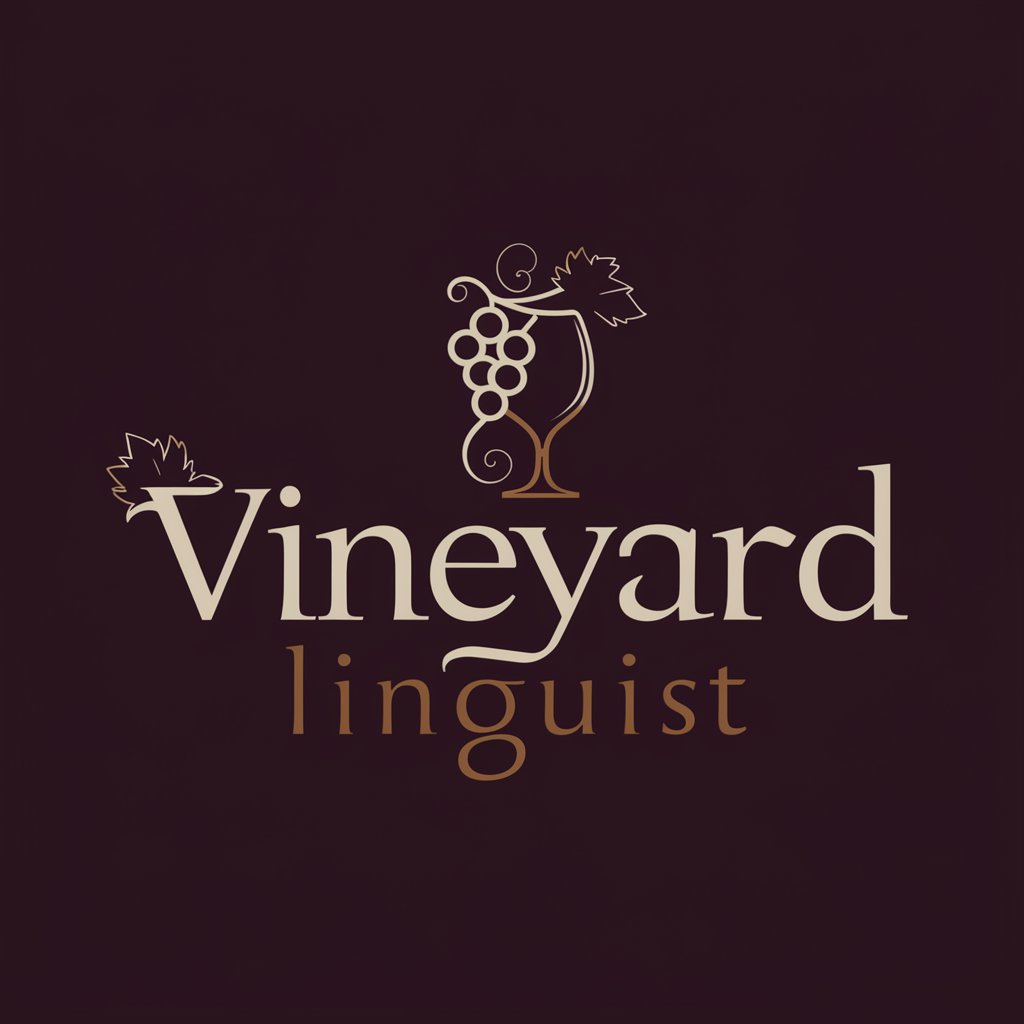
Welcome! Need precise wine translations? I'm here to help.
Deciphering Wine Language with AI
Translate the following wine description into Chinese, ensuring accuracy with technical terms:
What is the Chinese translation for the term 'terroir' in a wine context?
Please explain the difference between 'Malolactic fermentation' and 'Primary fermentation' in Chinese.
How would you describe the flavor profile of a Merlot in Chinese, including wine-specific terms?
Get Embed Code
Introduction to Vineyard Linguist
Vineyard Linguist is a specialized translation tool tailored for the wine industry, focusing on the precision and context of viticulture and oenology terminologies. Designed to bridge language barriers, it serves as an essential resource for wine professionals, enthusiasts, and scholars needing accurate translations between English and Chinese, especially for wine-related content. The tool emphasizes accuracy in translating specialized terms, ensuring that they are accompanied by their original terms in parentheses to maintain clarity and provide a learning opportunity for users. For example, translating 'tannins' into '单宁 (tannins)' helps users understand the term within its context. Vineyard Linguist also adapts to the user's context, asking for clarification when the text is ambiguous, ensuring communications remain professional and precise. Powered by ChatGPT-4o。

Main Functions of Vineyard Linguist
Specialized Translation
Example
Translating wine tasting notes from English to Chinese, ensuring that specific terms like 'bouquet' and 'finish' are correctly translated as '香气 (bouquet)' and '余味 (finish)' respectively.
Scenario
A Chinese-speaking sommelier working in an English-speaking country uses this function to translate wine tasting notes for Chinese tourists.
Cultural Context Adaptation
Example
Adjusting the translation of wine-related events or festivals to reflect cultural significance, ensuring that 'harvest festival' is aptly translated to '收获节 (harvest festival)' in a way that resonates with Chinese cultural nuances.
Scenario
A wine event organizer creating promotional materials for a bilingual audience uses this feature to ensure cultural relevance and understanding.
Industry-specific Terminology Clarification
Example
Providing clear translations for technical terms, such as translating 'malolactic fermentation' to '苹果酸-乳酸发酵 (malolactic fermentation)' ensuring that both amateur and professional wine enthusiasts understand the term.
Scenario
A wine education instructor preparing bilingual educational materials uses this function to explain complex winemaking processes to students.
Ideal Users of Vineyard Linguist Services
Wine Industry Professionals
Sommeliers, winemakers, and wine marketers who need to communicate wine-related information across language barriers would find Vineyard Linguist invaluable. It helps them provide accurate, culturally appropriate information to a diverse clientele or audience.
Wine Enthusiasts and Learners
Individuals who are passionate about wine and wish to expand their knowledge and appreciation across cultures. They benefit from understanding specific wine terms and cultural nuances in their non-native language.
Wine Educators and Students
Teachers and students engaged in oenology and viticulture studies, especially in a bilingual context, use Vineyard Linguist to facilitate clearer understanding and teaching of complex, technical subjects.

How to Use Vineyard Linguist
Begin Trial
Access a free trial at yeschat.ai, no registration or ChatGPT Plus required.
Identify Needs
Determine your wine-related translation needs, such as vineyard descriptions, wine tasting notes, or industry reports.
Input Text
Enter your wine-related text into Vineyard Linguist's input field.
Select Language
Choose the target language for translation from the options provided.
Review Translation
Examine the translated text for accuracy, noting the original terms retained for clarity.
Try other advanced and practical GPTs
Chinese-Portuguese Translator
Bridging languages with AI-driven precision
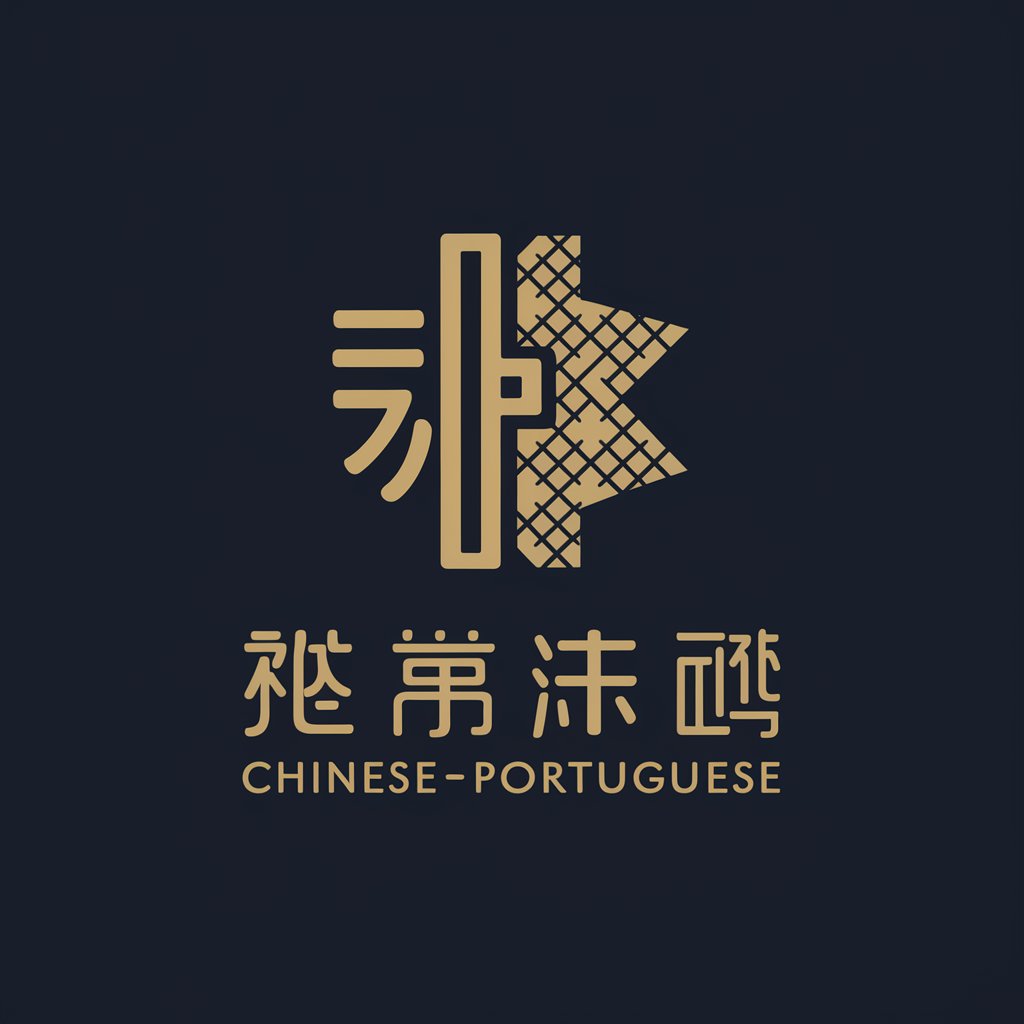
阿姨帮帮忙
Empowering your love life with AI-driven guidance.
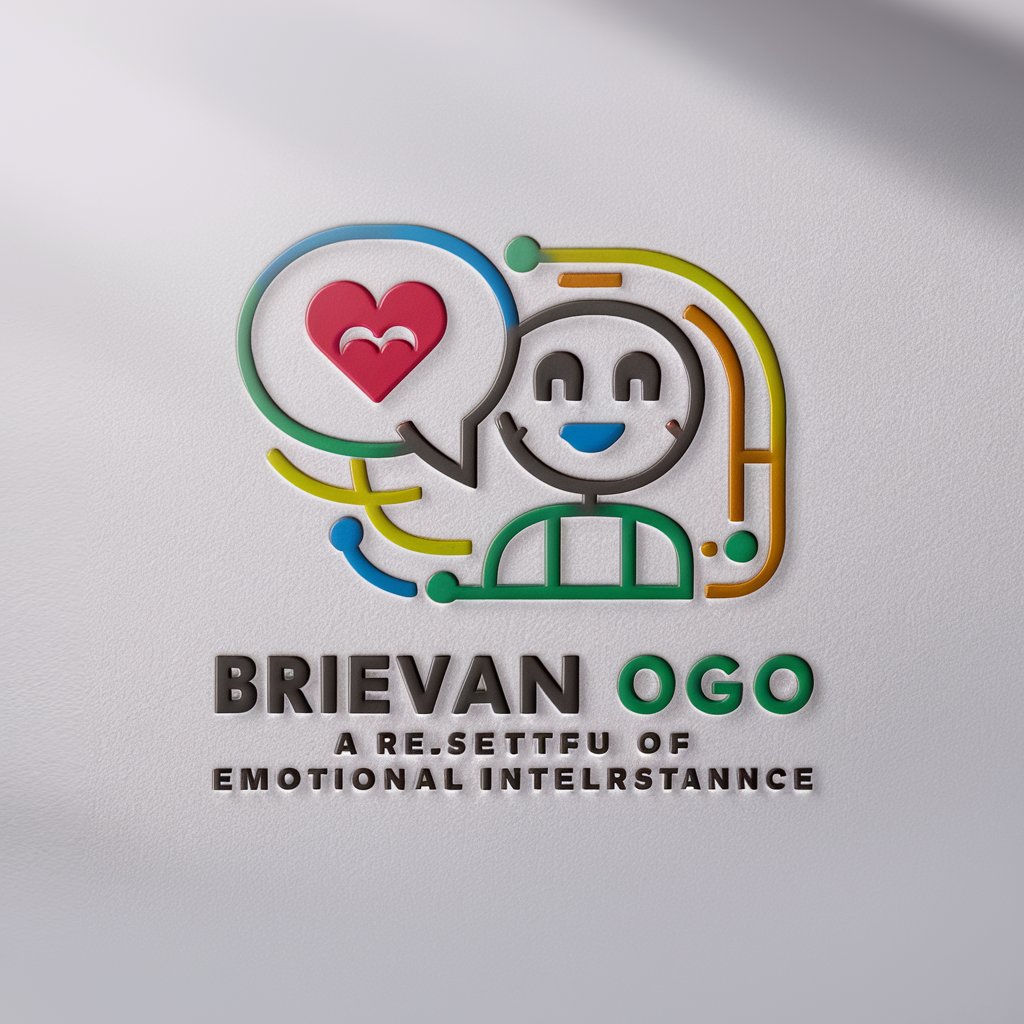
永远爱你
Empathetic AI for Endless Support

记忆宫殿背单词
Transform Vocabulary Learning with AI
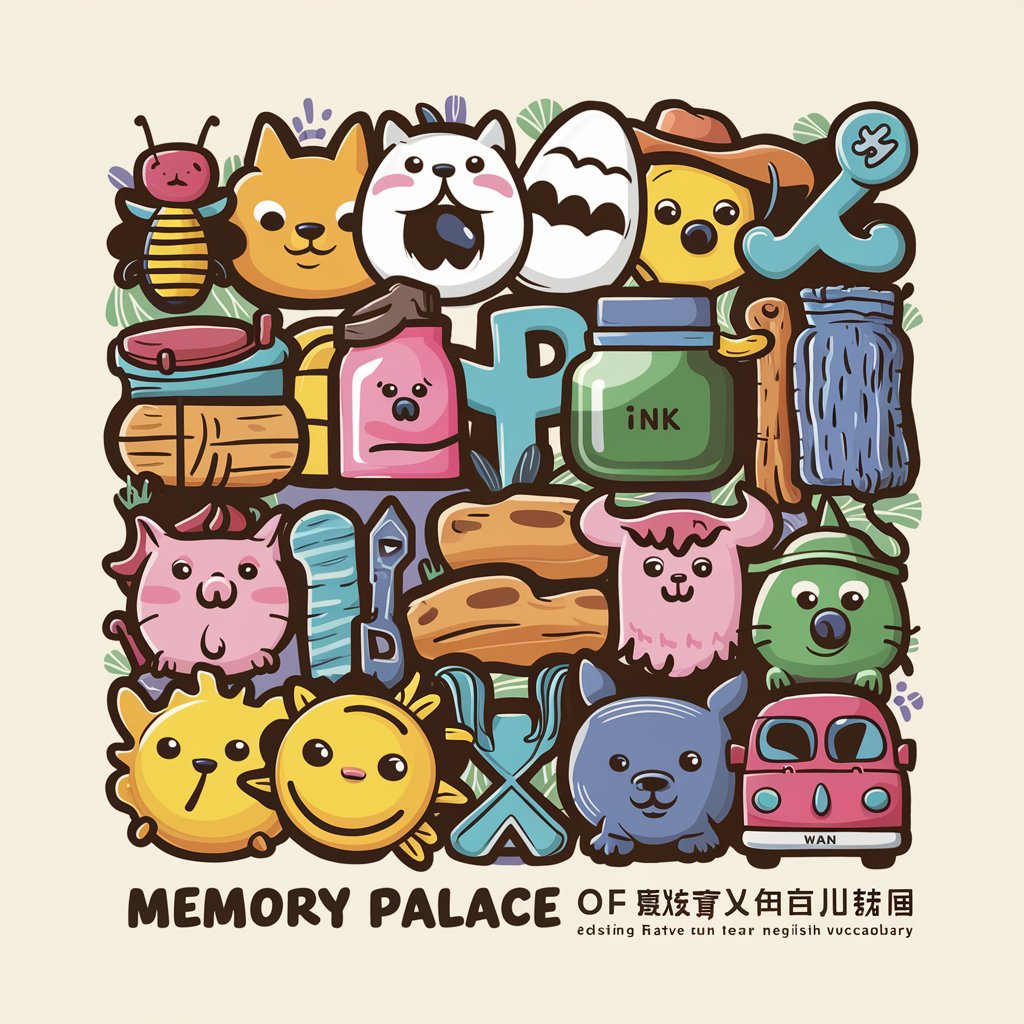
Memory Maestro记忆导师
Tailoring knowledge with AI power.

英语单词拆解记忆
Unlock Vocabulary with AI-Powered Insights
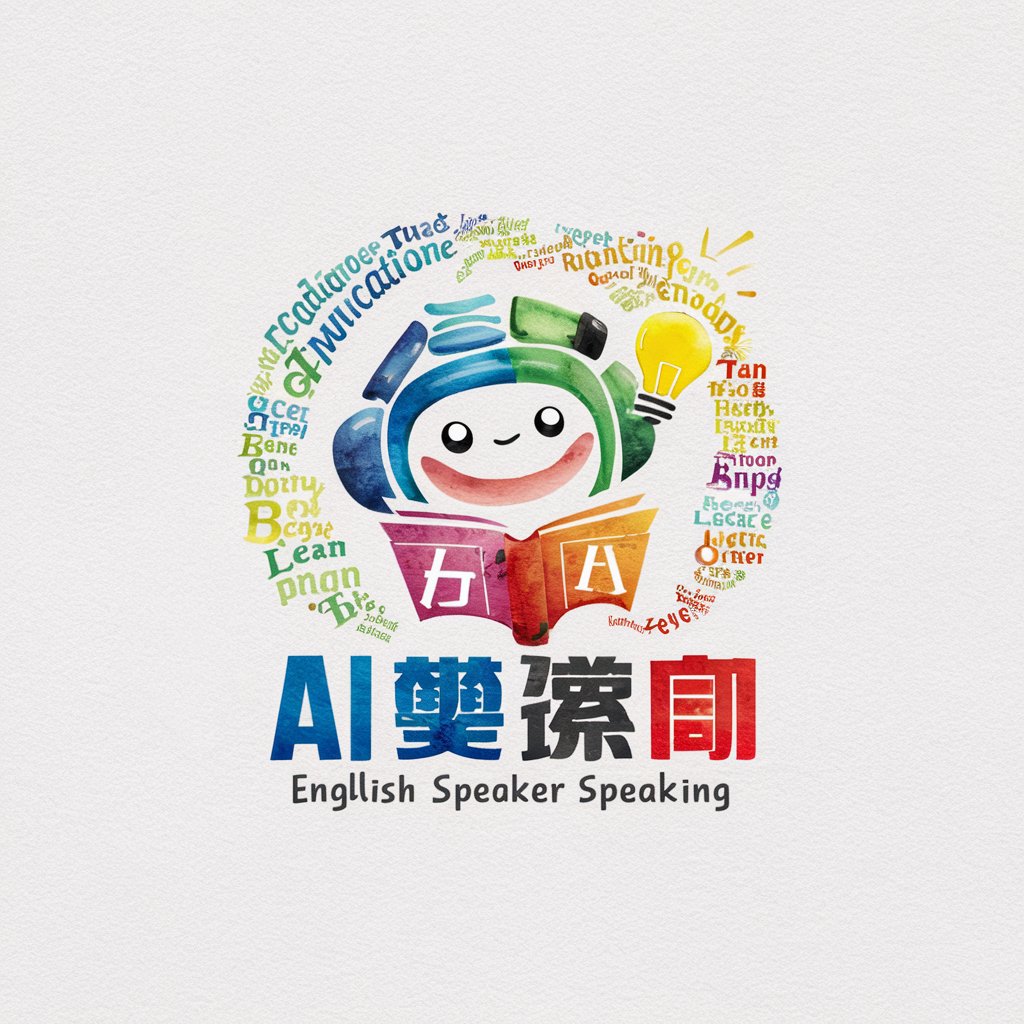
中文及葡萄牙语互译 数字转换
Bridging Languages with AI Precision
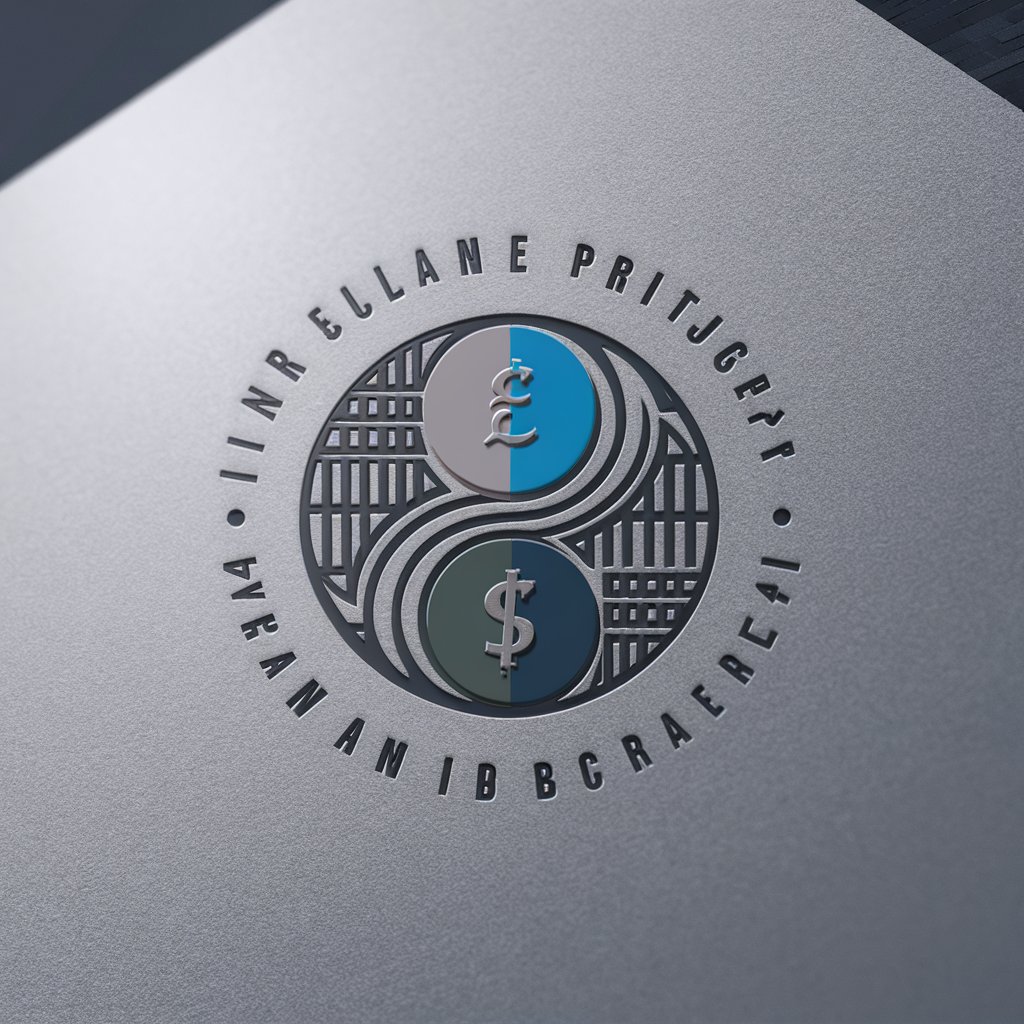
科学跑步教练(通过数据来挖掘您的潜力)
Tailor Your Pace with AI

您的健身教练(跑步、游泳、骑自行车等)
Your Personal AI-Powered Fitness Coach

IELTS閱讀理解力伴讀器
Empower your IELTS journey with AI

笑傲跑团RPG
Embark on an epic martial arts adventure, powered by AI.
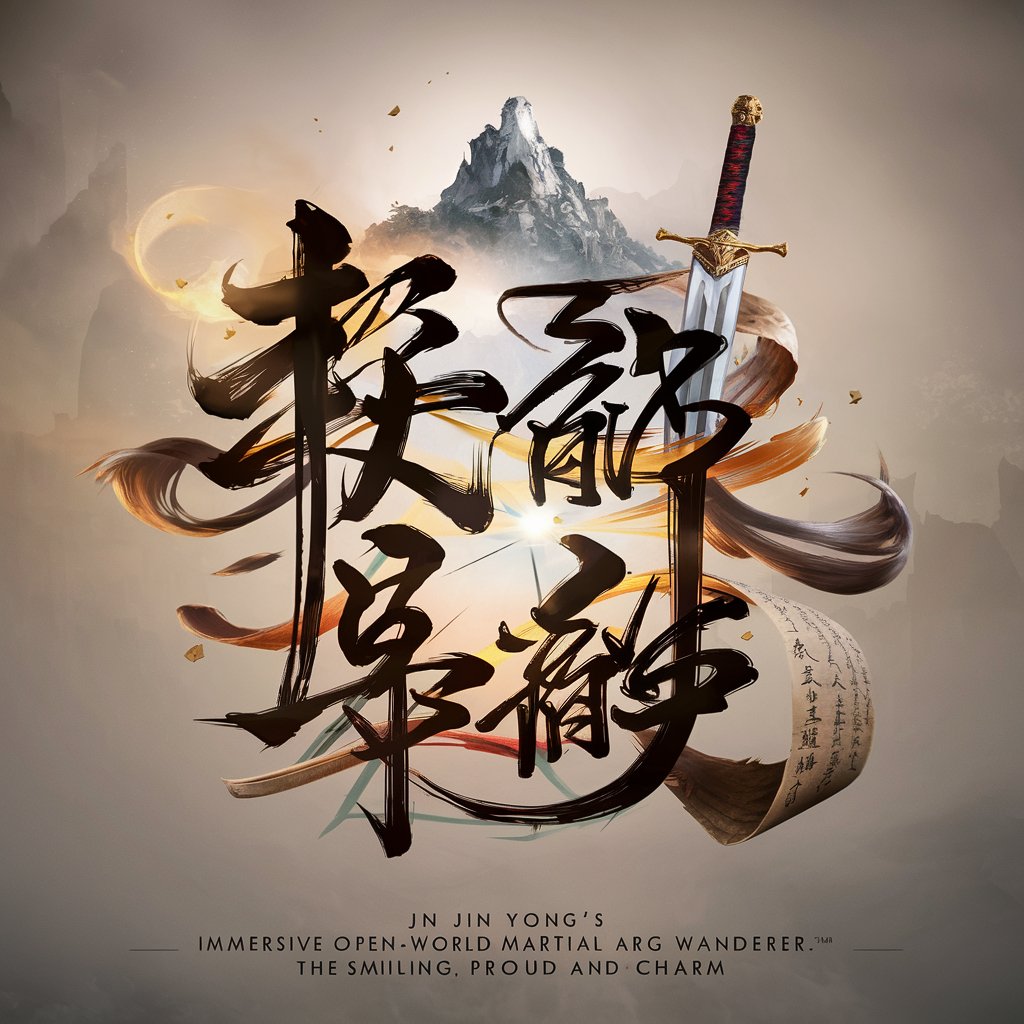
小红书文案写手
Empowering Your Stories with AI

Frequently Asked Questions about Vineyard Linguist
What is Vineyard Linguist?
Vineyard Linguist is a specialized translation tool focused on wine-related terminology and content, ensuring high accuracy and maintaining the original context.
Can Vineyard Linguist translate entire wine reports?
Yes, it can translate full wine reports, preserving key terms and industry-specific language for clarity and precision.
How does Vineyard Linguist handle uncommon wine terms?
It retains uncommon wine terms in the original language, providing translations in parenthesis for understanding without losing specificity.
Is Vineyard Linguist suitable for academic research?
Absolutely, it is ideal for translating academic papers, articles, and research related to viticulture and oenology.
Can Vineyard Linguist help in wine marketing?
Yes, it can accurately translate marketing materials, ensuring that the unique selling points of wines and vineyards are effectively communicated across languages.
